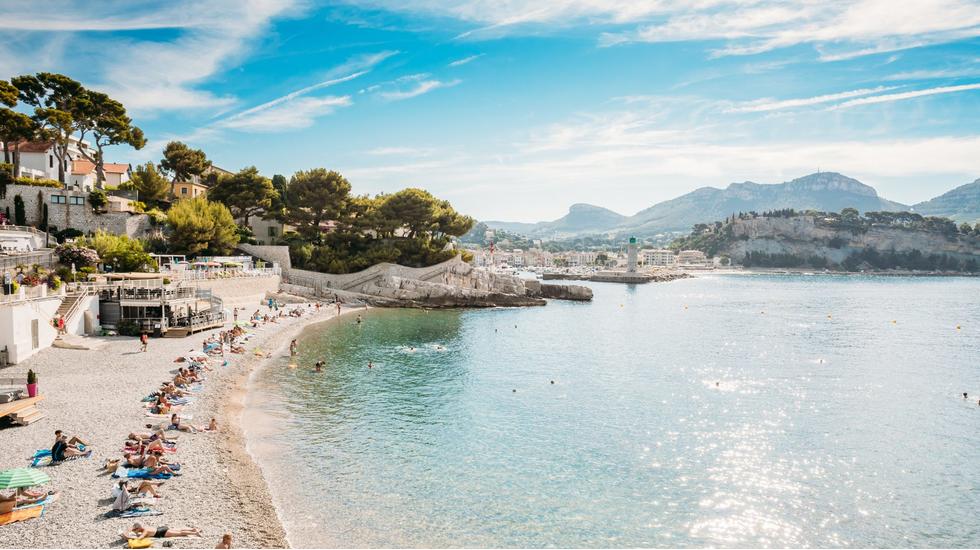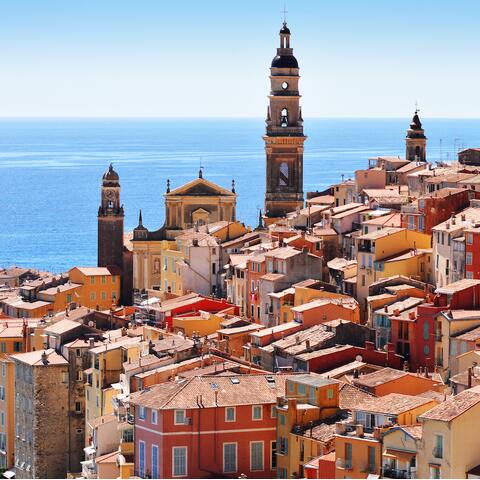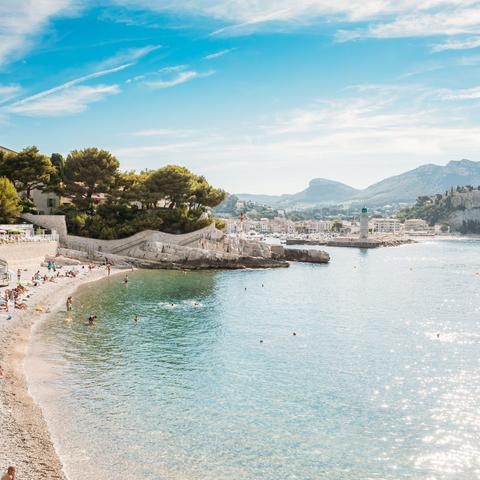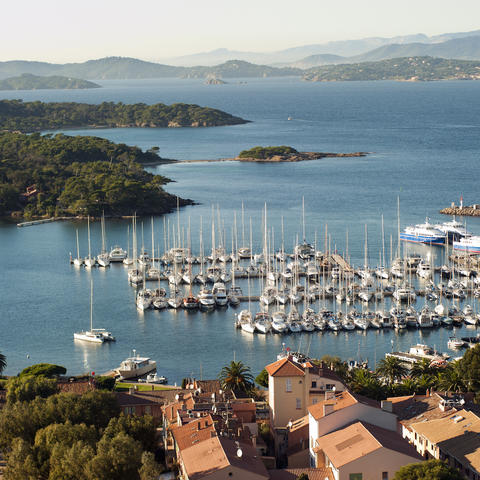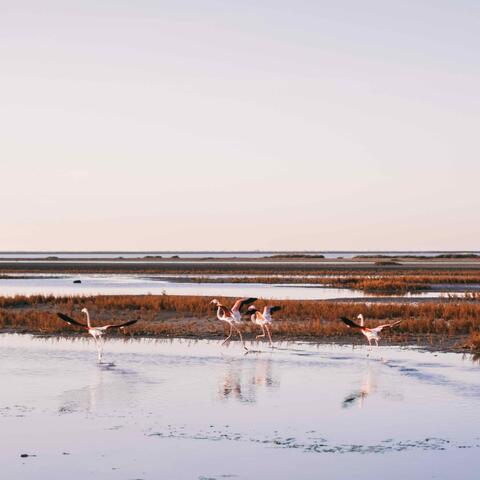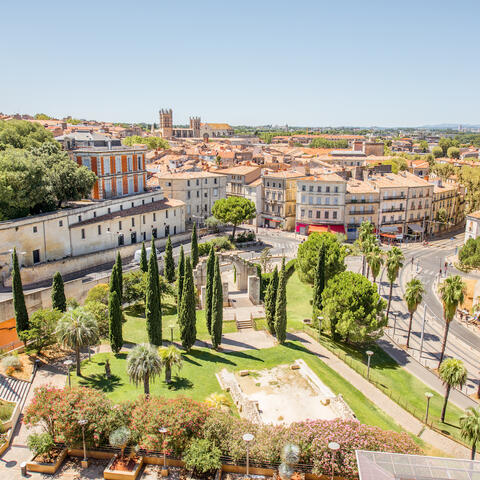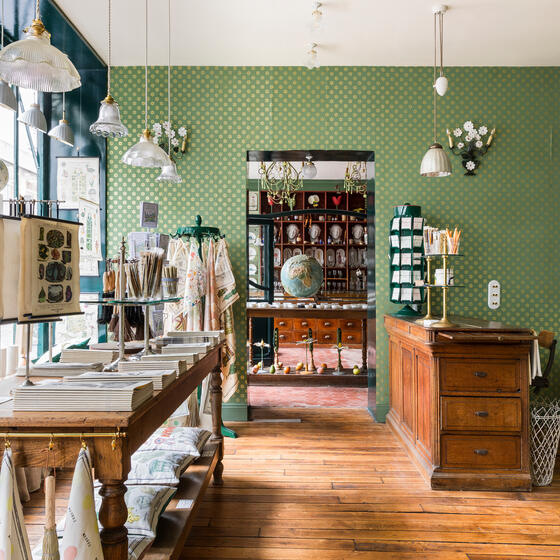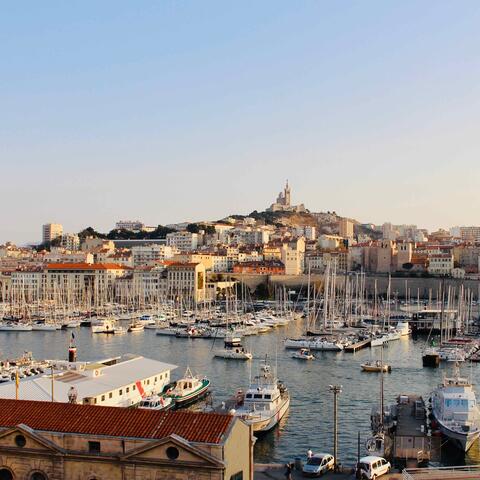
Marseille
When Parisians pack up and move somewhere, it’s worth
investigation. So it is with Marseille, where a creative
renaissance has enticed new inhabitants from as far afield as the
French capital. There’s a reason we picked this city as a destination to watch in 2023. Ever-rebellious,
Marseille’s glow-up rejects the glitzy peacocking of Cannes or St
Tropez; instead, expect a refresh more akin to Lisbon’s
regeneration. The sun-scorched city – France’s second largest – has
found its port roots reshaped by a flourishing art scene and a slew
of new restaurant openings. Top on your list to explore should be
the city’s diverse food scene, which prefers to lift up independent
hospitality and champion inclusivity and affordability over chasing
stars. For a taste, try the sunshine-filled vegetarian plates at
Limmat,
the Congolese street food at Libala or
creative seafood dishes at Caterine.
Where to stay:
Les Bords de Mer
